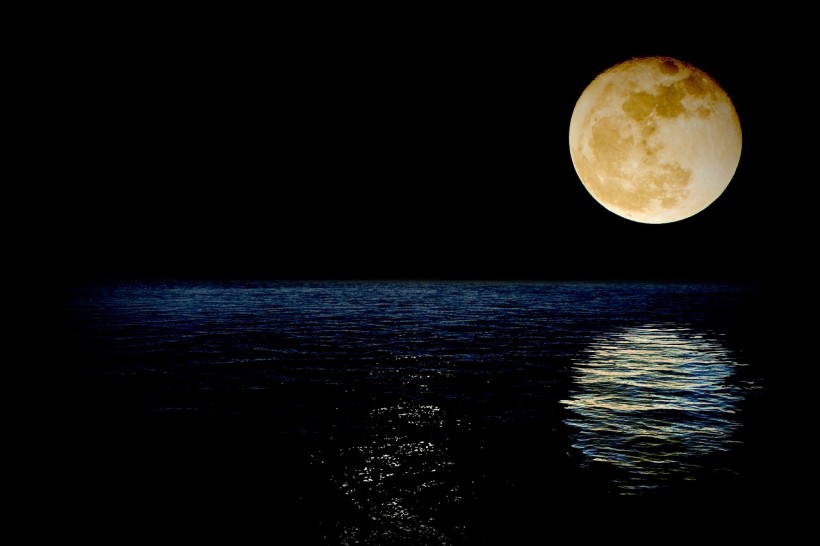The full harvest Moon that will be rising on September 29, Friday, will be the last supermoon of the year.
Four Supermoons in 2023
The year 2023 is filled with a rare lineup of four different supermoons, and the one this Friday, the Full Harvest Moon, will be the last of the year. The first run started on July 3 with the Full Buck Moon. There were then two other supermoons in August, the Full Sturgeon Moon on August 1 and the Full Blue Moon on August 30. The rise of this September supermoon will mark the end of a supermoon-filled summer.
"Supermoons" generally refer to Moons that occur when the natural satellite is at the point of its orbit where it is nearest to Earth. This point or approach is also known as perigee. It takes place due to the elliptical orbit of the Moon, which means that there are times when the natural satellite is closer and farther from the Earth.
The Moon's closeness during supermoons entails that the disk of the Moon could be 14% bigger and 30% brighter compared to its facade during a typical full Moon. Experienced skywatchers and moon-watchers may be able to tell the difference.
To make things even more special, the Full Harvest Moon will also be accompanied by various planets, including Mercury, Jupiter, and Saturn.
ALSO READ: Full Sturgeon Moon and Blue Supermoon: Celestial Events To Watch For in August 2023
Last Supermoon of 2023: Full Harvest Moon
On September 27 evening at around 21:06 EDT, the Moon will reach the point of perigee. When the fully lit face of the Moon turns towards the Earth, it will be roughly 361,552 kilometers away from the Earth, as noted by NASA astrophysicist Fred Espanak. The average Moon-Earth distance is 382,900.
While this is indeed remarkable, it is not the closest and brightest supermoon of the year. During the Full Blue Moon last August 2023, the natural satellite was roughly 357,343 kilometers away from the Earth.
In New York City, the fully lit Moon will rise by roughly 18:33 EDT. It will then set the next day at 06:52 EDT. After this, the lunar face will recede in a process known as waning. The Moon will then proceed to its next phase wherein it will become a fully dark New Moon by October 14. This phase will mark the beginning of another lunar cycle that lasts 29.5 days.
Among the parade of planets to visit the supermoon, Saturn will be the first to rise at roughly 17:18 EDT. Gas giant Jupiter will then follow by roughly 20:17 EDT, while Mercury will be the last to follow suit at around 05:30 of Saturday. Mercury may be the most difficult to spot.
The best time to catch the supermoon will be during Moonrise or when the Moon is close to the horizon. During this time, rocks, trees, and other foreground objects may offer a sense of scale. Because of that, the Moon may look bigger during this time compared to other periods. Moonrise time may vary from location to location, but this can be checked here.
For those who will be missing this sight, the next Harvest Moon will take place on September 18, 2024 yet. This will be the first of the two supermoons that are expected to take place next year.
RELATED ARTICLE: Extremely Rare Blue Supermoon Rises on August 30: What to Expect From the Biggest and Brightest Full Moon of the Year?
Check out more news and information on Full Moon in Science Times.















